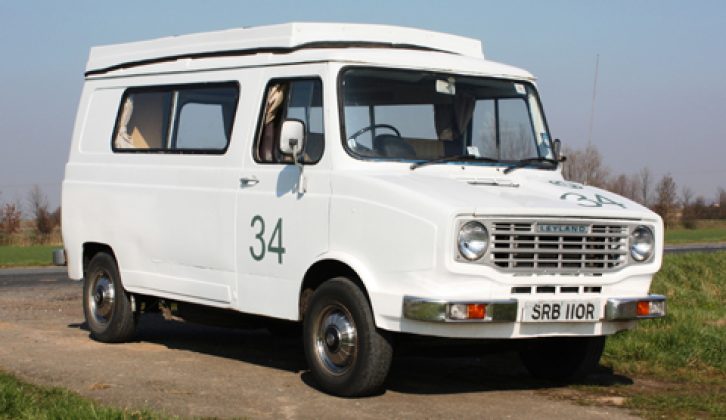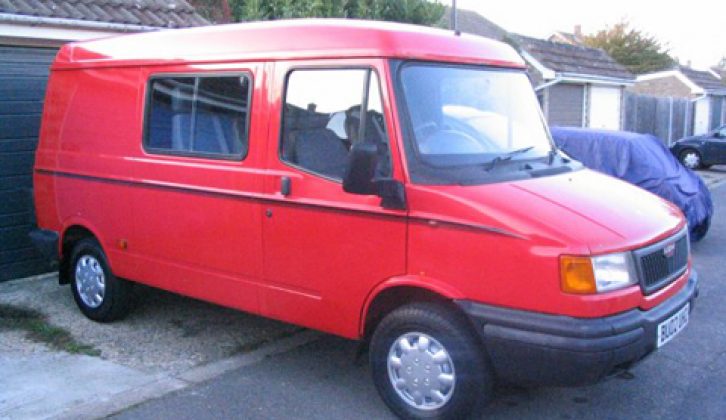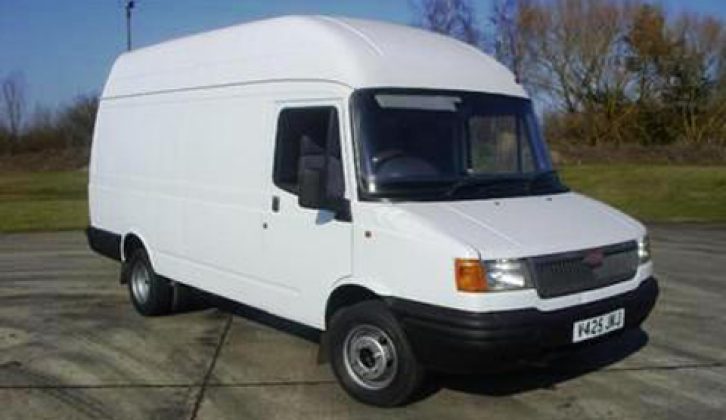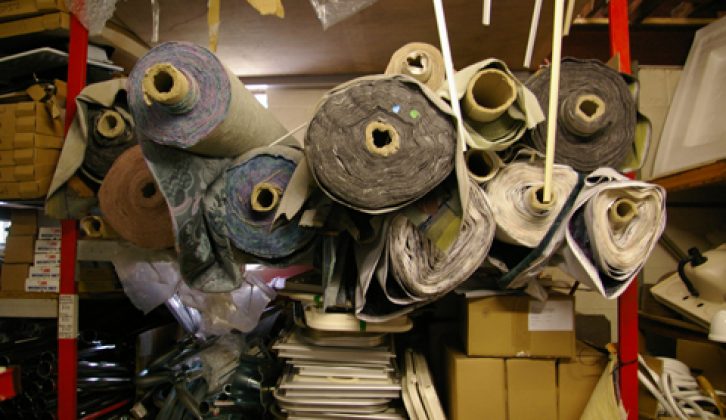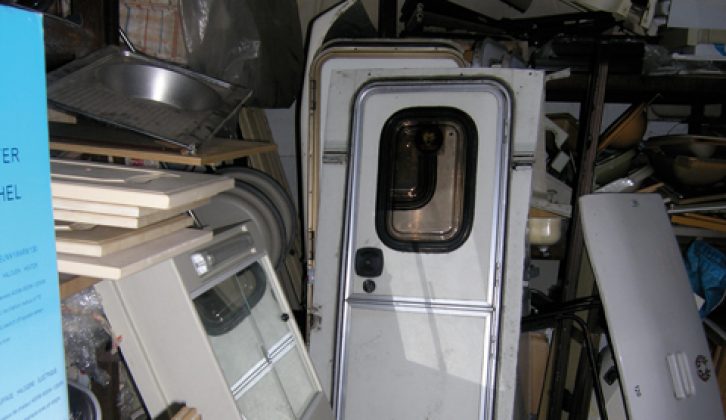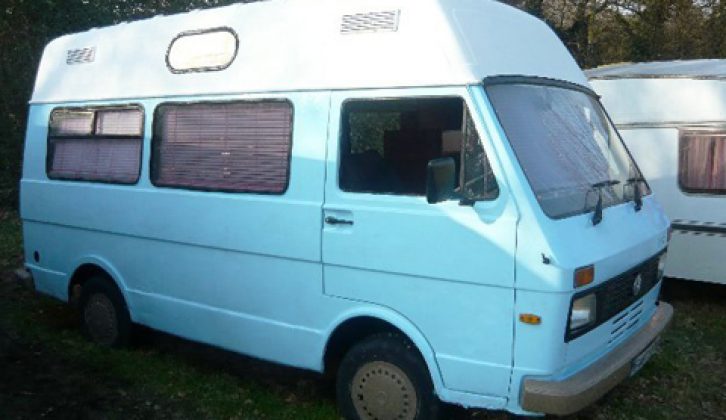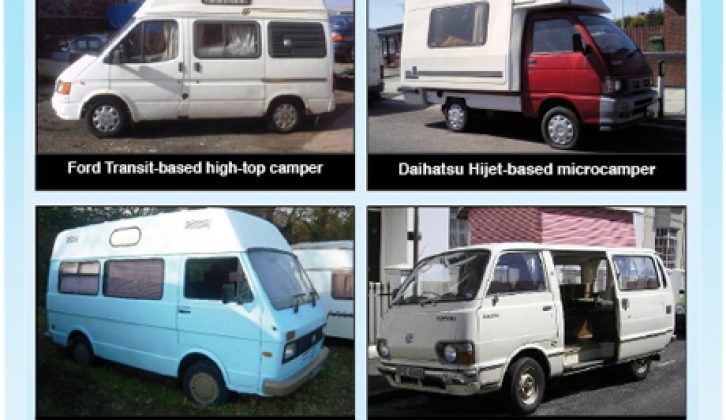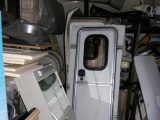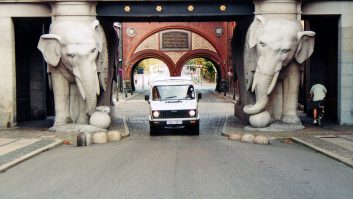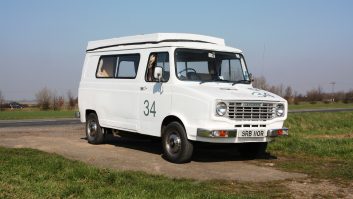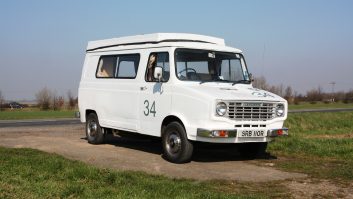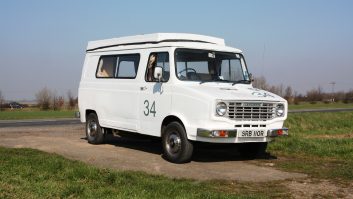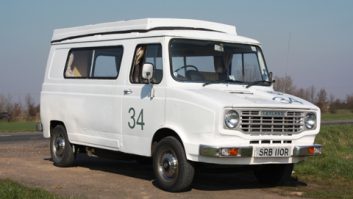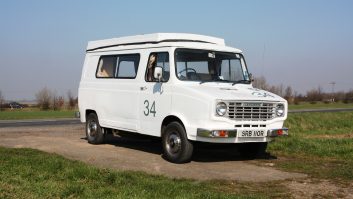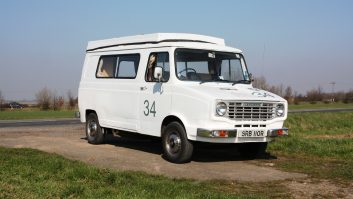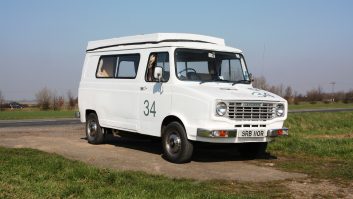Practical Motorhome’s Gentleman Jack looks at the alternatives for cash-strapped aspiring motorcaravanners
So many potential motorcaravanners are put off by Gucci-shod sales and PR executives advertising ‘entry level’ ’vans at £35,000 and ‘easily affordable’ old ones from ‘just’ £20,000.
Folks frequently ask if it is possible to go motorcaravanning on a budget of less than £5000. It most definitely is, but there are three golden rules you must follow if you’re not going to come a cropper.
As we’ll show you, you only need a couple of grand to begin with, but you’ll have to get real (option 1) and put in some effort. Our first two alternatives require skilled DIY; the third still requires effort, but nothing too skilled. Whichever you choose, you’ll have to stay focussed (option 2).
Shortly, we’ll take a look at three alternative routes to living the dream for less than £2000. In the second part of the series, we’ll kick off with the series proper by taking a close look at the ’van we’ve bought and introducing its new custodians. We needed a friendly working title for our latest escapade, so the three potential owners decided on ‘Project Peanuts’.
Option 1
Manage an evolving conversion
In the first of your options, you [tl:gallery index=1 size=215×129]could buy a panel van and a mattress and use it as a ‘tin tent’. As funds permit, more kit can be added. Most people already own a camping stove and the like that can be used safely outside the van. This way, you can actually get going for £500 or less. Remember, if the panel van already has windows in it, then you won’t have to pay to put them in yourself!
Another bonus would be a [tl:gallery index=2 size=215×129]high-top. This will immediately provide standing room, though, of course, this can be added later. Most old hands started in a van with a fixed standard-height roof (a ‘tin-top’) and after the first hundred times we banged our head eventually managed to remember why old pubs have signs on low beams warning us to ‘Duck or Grouse’.
Note that your ’van may not be accepted on the main Club and some commercial campsites until it is a fully equipped motorhome. I understand why this happens, but disagree with the policy. Provided no danger is presented, they are just turning away custom and promoting elitism. However, you’ll be okay to use it at many commercial sites, all festivals and for using it as a day van when surfing, or even when you are wild-camping abroad.
HOT TIP: Local newspapers and supermarket notice boards frequently advertise job-lots of camping equipment from folk giving up. Make an offer for the lot, keep what you need and put the rest back up for sale or swap.
Option 2
Enjoy a ‘Harvest Festival’
You could find a caravan dismantler, [tl:gallery index=3 size=215×129]harvest all the interior furniture, fittings, windows and rooflight and re-plant these in a panel van of your choice. It may come as a surprise to learn that many pieces of gas and electric equipment in new motorhomes are installed by ordinary production line workers, not fully qualified, highly skilled engineers. So it is possible for competent DIY converters to do the same. However, as with any new conversion (or in this case, [tl:gallery index=4 size=215×129]re-installation), all habitation systems must be inspected by qualified personnel before use. No ‘ifs’ or ‘buts’: just get it done.
Many touring caravans are considered a total loss by insurers and/or repairers because of water ingress or because of very slight accident damage. Frequently this is because it is nigh-on impossible (or at least prohibitively expensive) to get hold of replacement mouldings for older, out-of-production, models.
HOT TIP: Instead of going to a dismantler and buying individual items, save money by buying a complete caravan from a salvage company and stripping it yourself. The chassis running gear can usually be sold on to aspiring DIY trailer manufacturers.
Option 3
Buy a good ‘Fixer-Upper’
I’m not a huge fan of [tl:gallery index=5 size=215×129]‘Americanisms’, but I really identify with this option. A ‘fixer-upper’ seems so much more appropriate and encouraging than the rather derisory ‘jalopy’ or ‘banger’.
Remember that, at this price-point, you are buying a ‘Scrappage Scheme Survivor’ and not a fully restored classic carriage. It will be ancient and tatty, but usable ‘as is’. It’s the only one of our three alternatives that offers turn-key motorcaravanning. Not only that, you might just get lucky and buy something that’s worth far more to you than you actually paid for it.
Further cosmetic titivating will improve the living environment dramatically and it can be completed for buttons if you make full use of Freecycle, charity shops, car boot sales and the like.
The Project Peanuts team is time-poor as well as cash-poor, so this was the only sensible route for us to take. The other two routes to a cheap ’van are really time-heavy DIY projects and will take hundreds of hours to achieve something that doesn’t resemble an explosion in the kitchen of The Young Ones. A rewarding project if you’re retired or currently unemployed, but unrealistic if you are a busy working a stressful, full-time job.
This third option allows you to live the dream after only a solid weekend of work – and this will mostly consist of safety checks. What is vitally important is that you take your time and only make considered purchases (Rule 3). This applies equally to everything, whether it’s a coathook or a complete ’van. The aim is to spend as little as possible and is very easy to get carried away!
We picked the last choice and the Project Peanuts team has bought an ‘experienced’ elevating-roof campervan. Because it has an interesting history, it’s known by a number – 34 – not a name!
[tl:gallery index=6 size=460×545]
For all 14 parts in the Project Sherpa series, click below:
- Part 1: buying a van – your options
- Part 2: more buying tips and insurance
- Part 3: safety check, towbar and rear step
- Part 4: essential roof repairs
- Part 5: making safe old DIY horrors
- Part 6: refitting the hob, fridge and some wiring
- Part 7: general improvements to the interior
- Part 8: making new door cards
- Part 9: ‘wiring’ for 230V and winter prep
- Part 10: repairing faulty indicators
- Part 11: touching-up the cabinetwork
- Part 12: renewing the floor covering and fixing wipers
- Part 13: cosmetic fixes to the bodywork
- Part 14: final instalment – we catch up with previous owners
